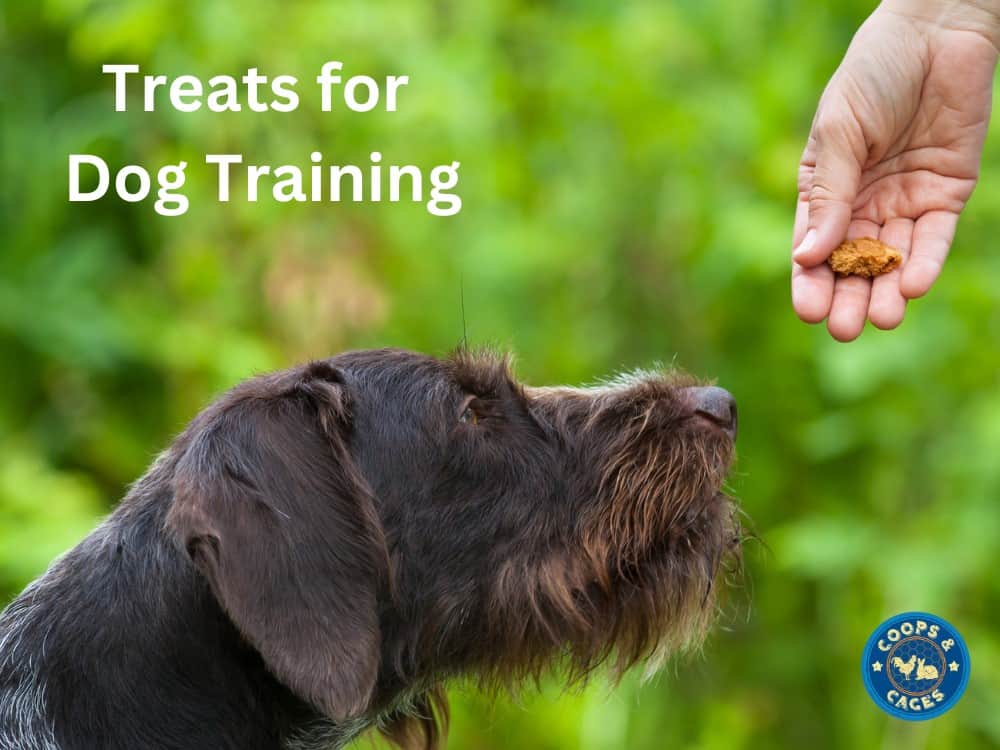Dogs
Treats For Dog Training
TREATS FOR DOG TRAINING
Training your dog to learn basic commands and behaviours can be an incredibly rewarding experience for both you and your pup.
But there’s no denying that it requires patience, persistence, and a little bit of bribery from time to time in the form of dog treats!
If you’re looking for advice on using dog treats to help your best friend through their training journey, you’ve come to the right place.
Should I Use Treats to Train my Dog?
Positive reinforcement training is when you reward a dog’s good behaviour and ignore bad behaviour.
It encourages your dog to continue doing good behaviours in hopes it will get a reward. This method is proven to be the most effective training technique for dogs.
Dog food or dog treats are the best reward to encourage good behaviour and benefits you by helping your dog focus during training.
The average dog is very food motivated and is more willing to do things it doesn’t want to do in order to earn food.
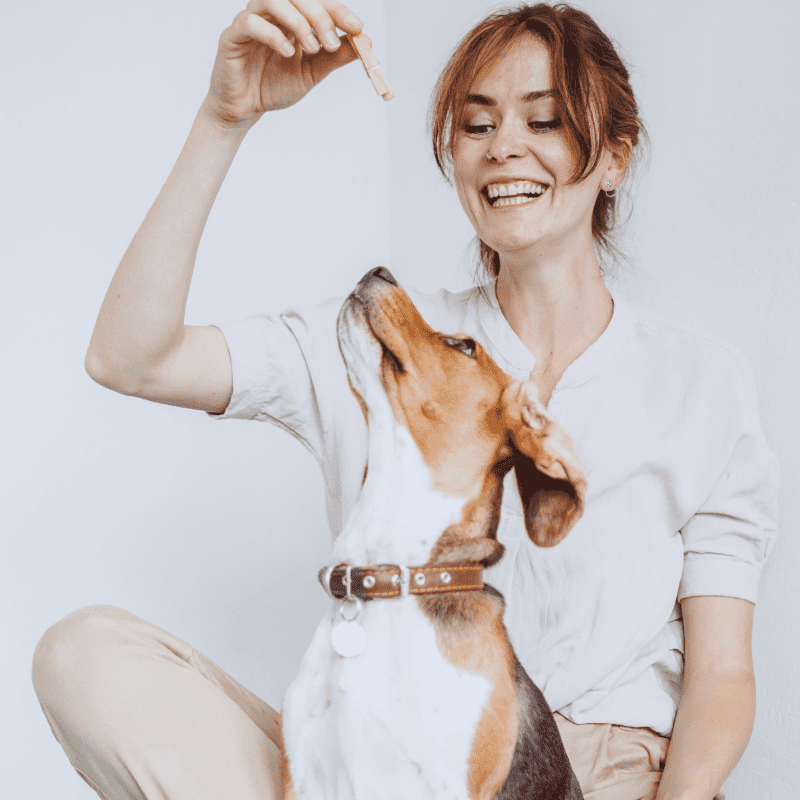
Once your dog has done a trick, immediately reward it with small piece of dog treat.
Your dog will eventually learn to associate doing the trick with the positive feeling of getting a reward.
Other reward options in positive reinforcement training include pats, clickers, attention, or verbal praise in a high pitched tone.
Many owners will use a combination of these rewards during training.
What Treats to Use When Training a Dog?
There are lots of different dog treats you can use when training. The simple answer is to try different treats and learn what your dog responds best to.
Packaged dog treats can be purchased from pet stores. There are hundreds of varieties so your dog will never get bored!
Most are meat based with popular ingredients including beef liver, chicken, lamb, and kangaroo tail.
Packaged treats come in many varieties including biscuits, freeze dried, and dehydrated dog treats.
You can also give your dog fresh fruits and vegetables as training treats, including carrot, green beans, apples (without the core), pears and sweet potato.
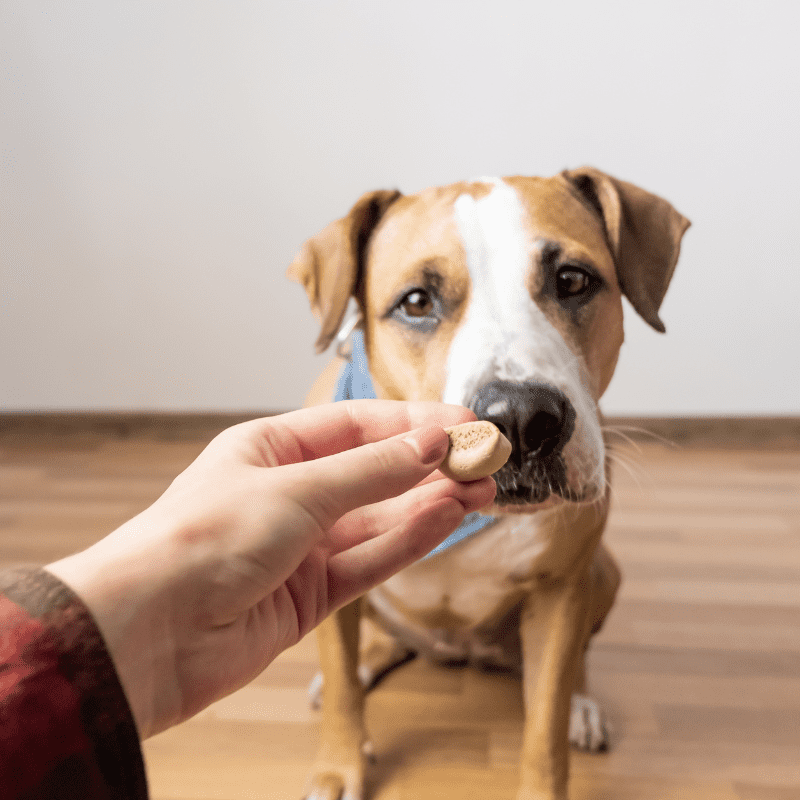
Human foods such as cheese or peanut butter can also be used to train dogs.
Dental treats (aka dental chews) are great for your dog’s dental health but take a long time to eat so are not recommended for training.
Some people will bake their own dog treats at home. This can be cost effective and is a nice idea.
But in real life, baking dog treats at home is very time consuming, messy, and sometimes smelly.
High-Value Dog Training Treats
High value training treats are defined as the treats your dog loves best! They will motivate your dog better than anything else.
To work out which treats are high value, feed your dog different sorts of treats and see what it responds best to.
Most dogs will value treats that are extra smelly, moist, or freeze dried.
High value treats should always be given in small pieces.
When Should You Use High-Value Treats?
Use high value treats sparingly. If given every day, they may seem less exciting and therefore be less motivating for your dog.
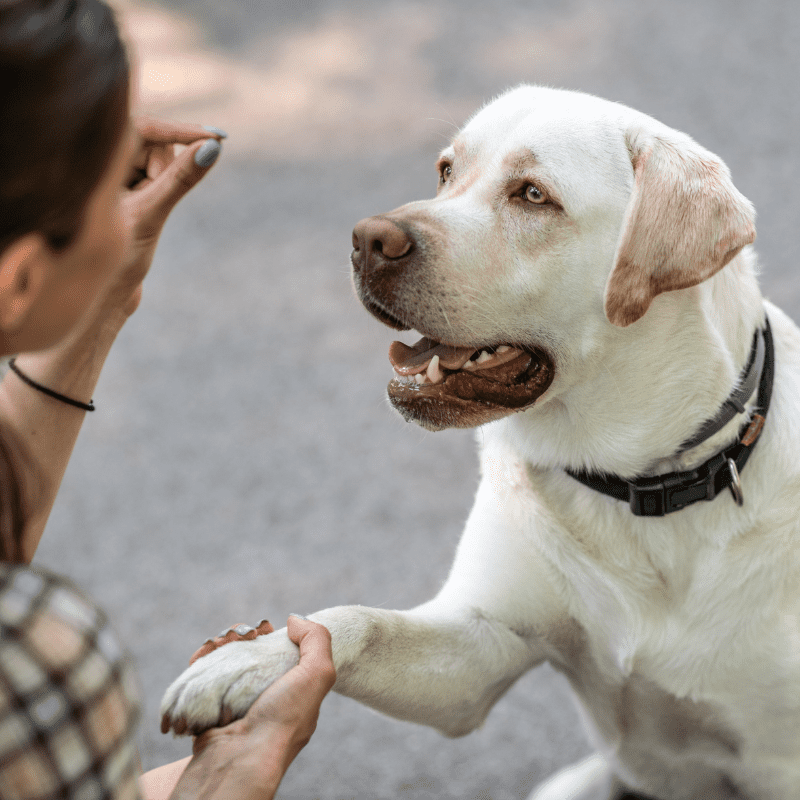
It is best to use high value treats when introducing a new behaviour, during socialisation, working in distracting environments or as part of behaviour modification for fear.
Use medium- or low-value treats during day-to-day training. These will be treats your dog enjoys but doesn’t get as excited over.
How To Choose The Best Treats For Your Dog
When it comes to feeding your dog tasty treats, it may be tempting to give them the most delicious thing possible.
But you need to keep your dog’s diet and health in mind.
Avoid treats high in calories and fat. If fed regularly, these can lead to obesity and related health problems.
Research the key ingredients in the dog treats you are buying. Avoid artificial preservatives as these can be harmful to dogs with sensitive stomachs.
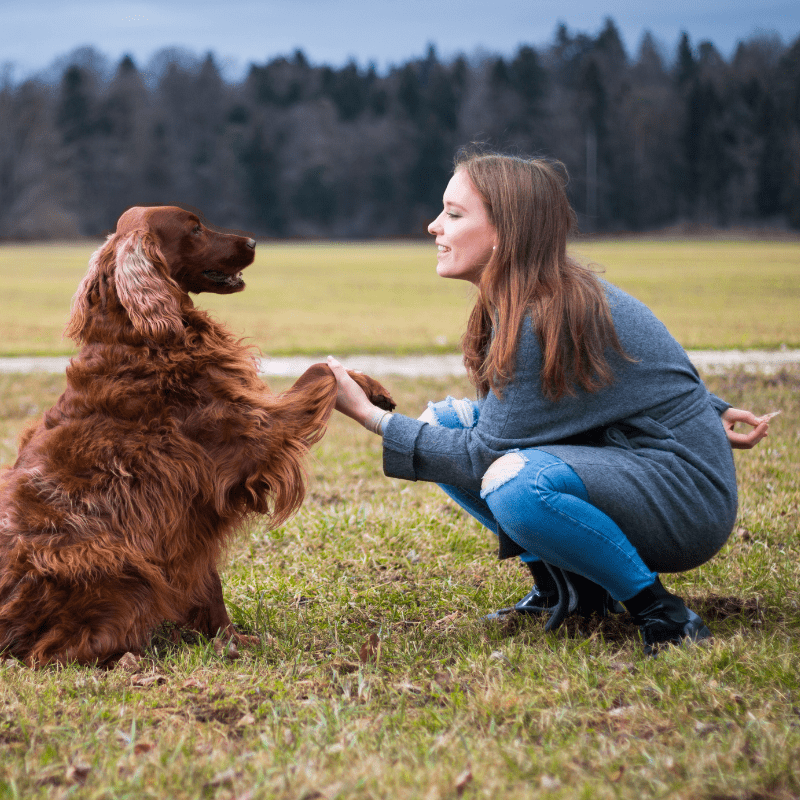
To make the best dog treat choice, always keep in mind your dog’s food sensitivities.
For example, dogs on a grain free diet may not be able to eat many biscuit treats and would be better suited to meat based treats.
It is best to speak to your vet if you have any health concerns.
Treats for Puppy Training
Puppies typically have training sessions more often than adult dogs.
It is therefore important to ensure your puppy’s treats have nutritional value – they will be eating them more often!
Focus on healthy treats that are naturally packed with nutrients.
Puppies have little mouths so you will either need to feed them small treats or treats you can easily break apart into small pieces.
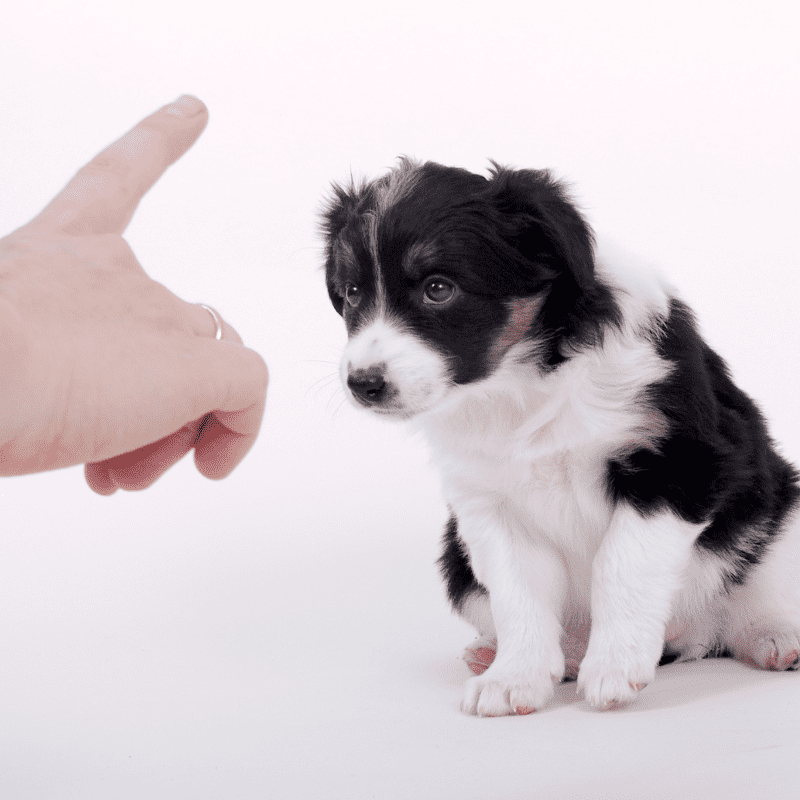
Avoid dog treats with a chewy texture, that are bone based or too crunchy.
During training sessions, you don’t want your puppy spending too long chewing one treat. You want the treat to offer a quick reward then move on.
How many Training Treats Can you Give a Day?
While it can be tempting to spoil your good boy or girl, don’t feed your dog treats in a large quantity.
Treats are often high in calories and fat so excessive treats can lead to weight gain, heart disease, joint problems and shortened life expectancy.
It is recommended that treats make up no more than 10% of your dog’s daily caloric intake.
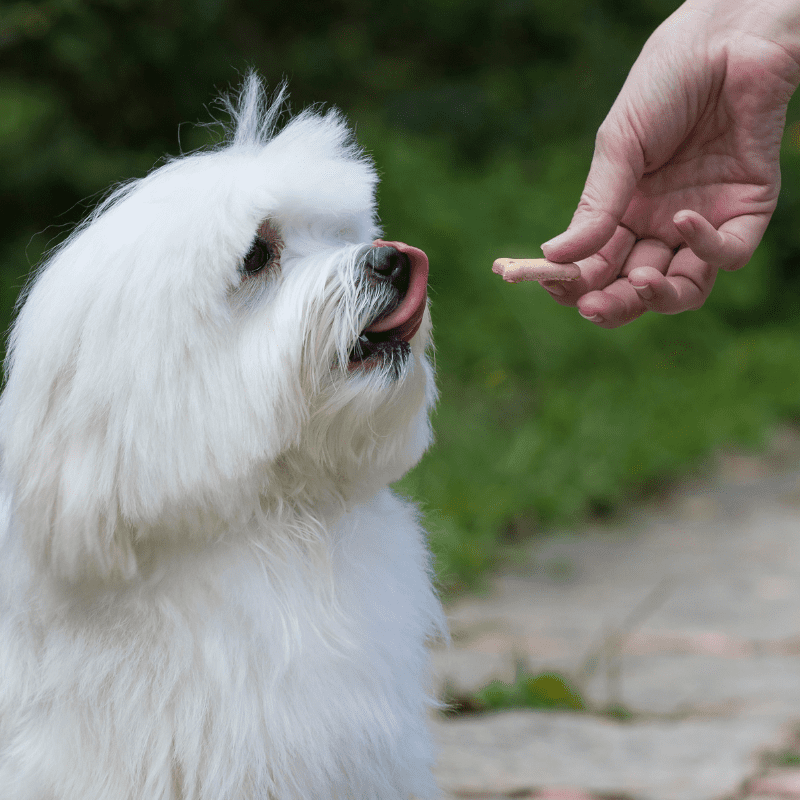
Daily caloric intakes vary greatly between dogs. Active or large dogs will need to consume more food while senior or small dogs will eat less food.
Speak to your vet for advice on how much your dog eats.
What Do Dog Handlers Use for Treats?
Professional dog trainers understand the importance of having the right type of treats on hand when training dogs.
Dog handlers will commonly have a small treat bag on their waist that they can easily access when they want to reinforce a positive behaviour.
Treats for training are broken up into very small pieces.
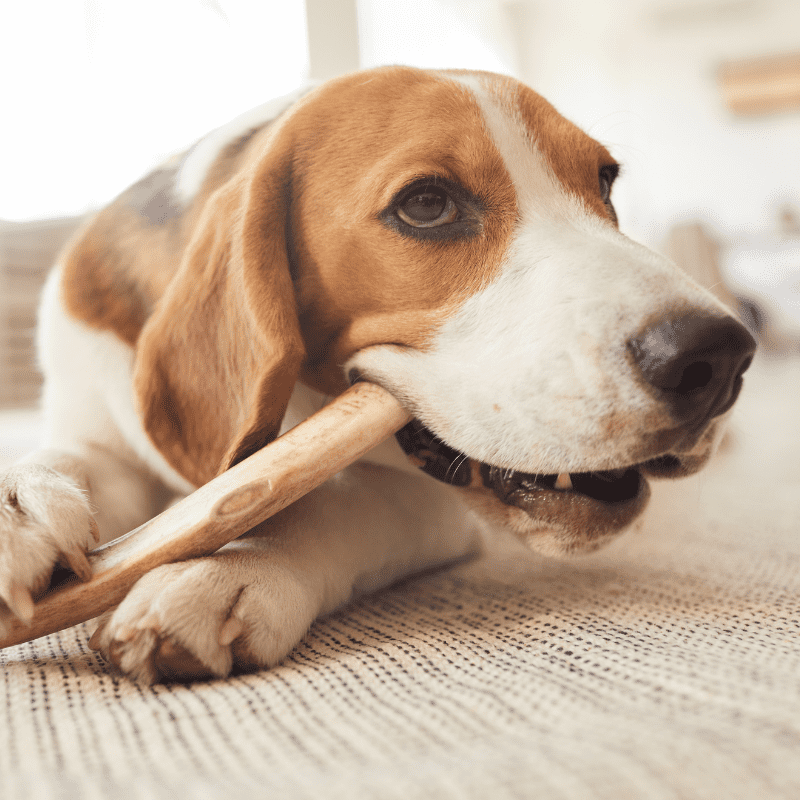
Trainers often carry a mix of high-, medium- and low-value treats.
High value treats will be offered to reward the more difficult behaviours, medium value for beahviours that need to be practised, and low value for behaviours that have become second nature.
What are the Best Training Dog Treats in Australia?
When it comes to choosing treats for your beloved dog, you want to make sure you get the best product available.
Avoid purchasing cheap treats from grocery stores – while it can be tempting to try save money, many dogs won’t like the taste of them and they will therefore be ineffective when training.
They can also be low in nutrition and high in both calories and allergens.
In Australia, a few of the top dog treat options include Prime100, Freeze Dry Australia and DoggieBalm.
Prime100
Prime100 SPT are single protein meat treats – meaning they have no mixed proteins. This is ideal for dogs with sensitive stomachs and can aid digestion.
They are offal free, bone free and Australian made. They come in a range of great flavours for your dog including Turkey, Kangaroo, Chicken, Lamb and Duck.
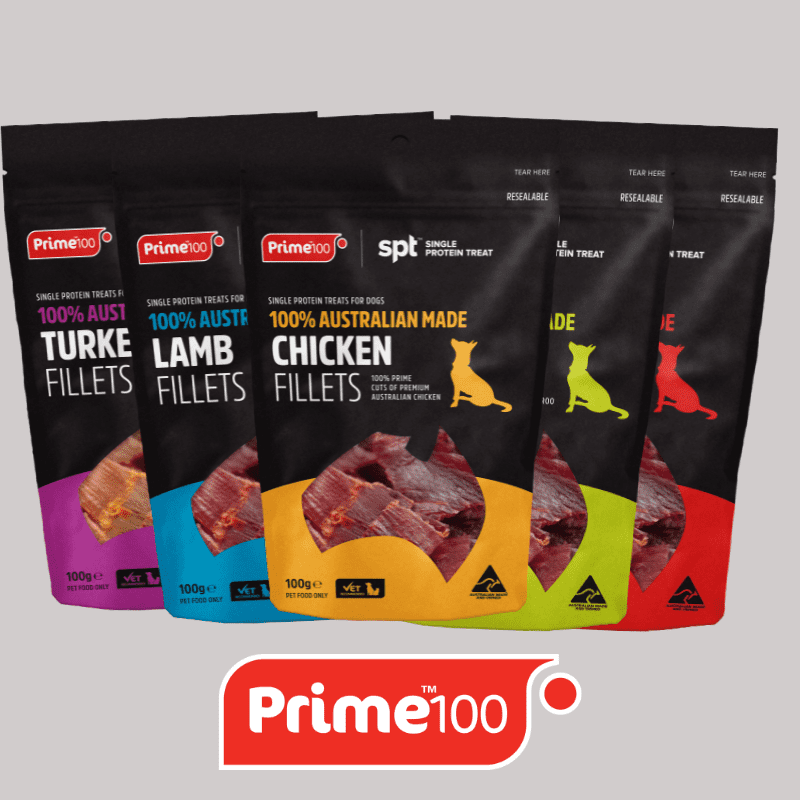
Prime100’s range is very cost effective as a dog training treat because they can be broken up into tiny pieces.
Freeze Dry Australia
Freeze Dry Australia treats are not only a healthy reward but your dog will think they taste delicious!
Freeze dried to retain maximum nutritional benefit, these treats are sure to please your pup while keeping him healthy at the same time.
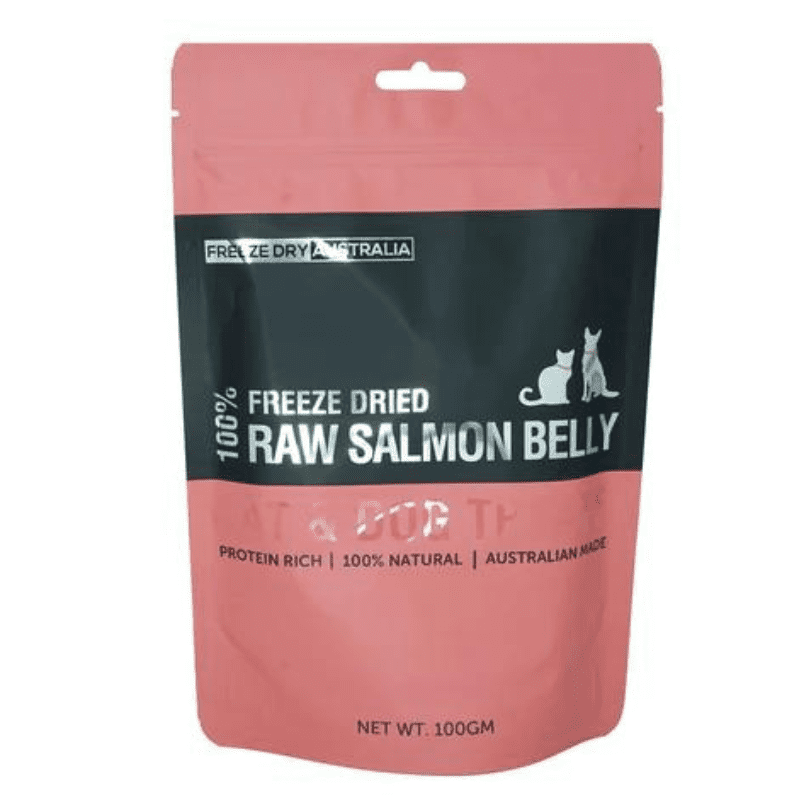
Their freeze dried meat range is suitable for both dogs and cats. Shop here.
DoggieBalm
DoggieBalm are an Australian company that produce both healthy treats and natural grooming products.
Their biscuit dog food range focuses on specific health requirements but is tasty enough to be used as a training treat. Dogs find them irrestistable!
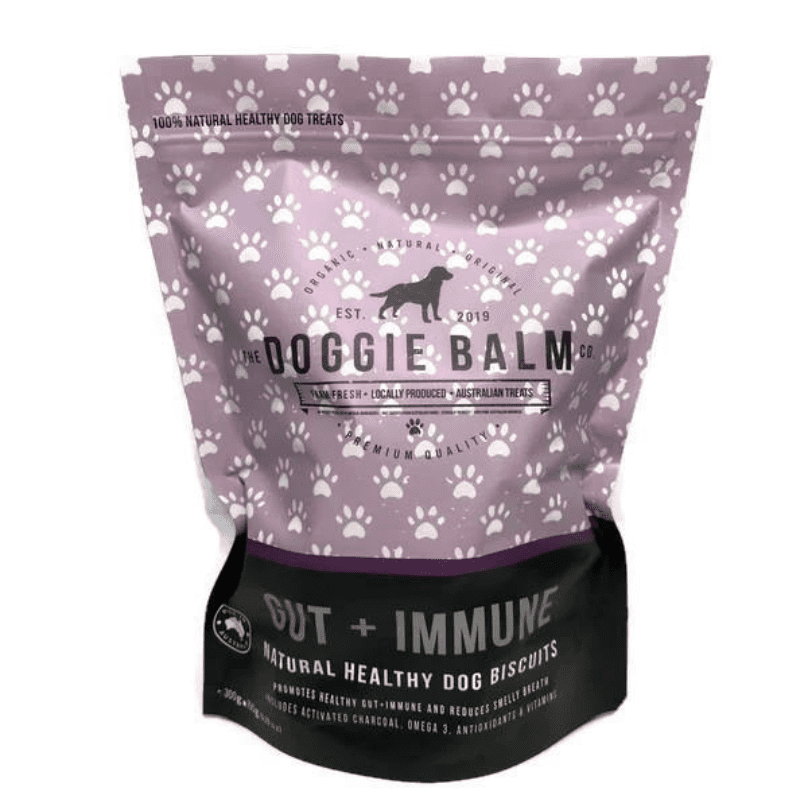
Other treats they offer include Puppy Chews, Shark Cartilage and Chicken Chews.



